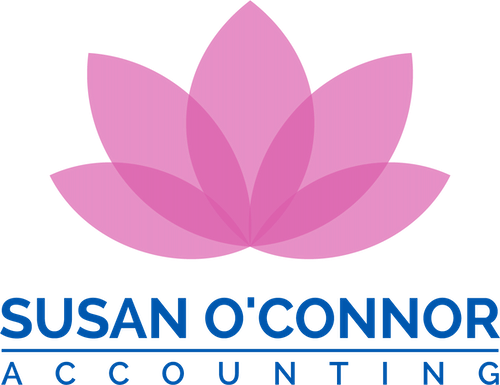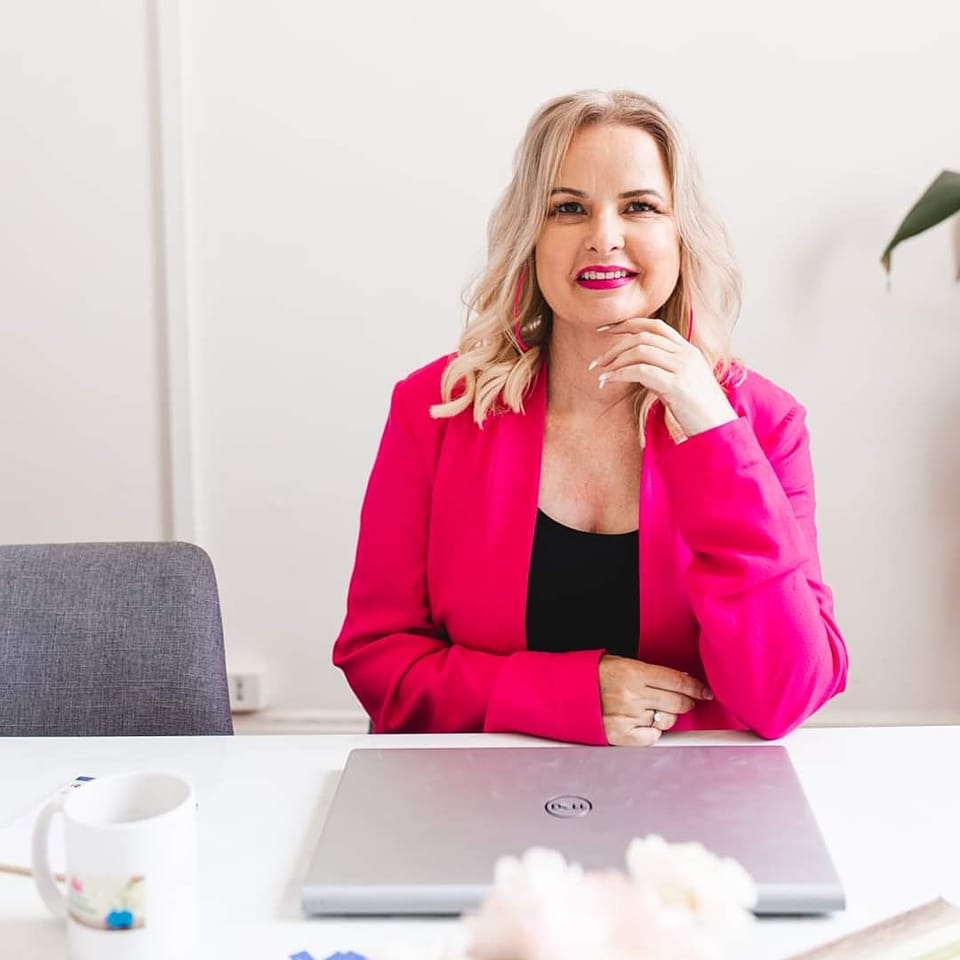The government introduced the downsizer measures to allow older Australians to sell their larger homes and buy smaller ones and contribute the difference into super. The aim is to free up housing for younger families looking to enter the housing market.
So, If you are 55 or older, you may be able to contribute up to $300,000 from the proceeds of the sale (or part sale) of your home into your superannuation fund.
Eligibility
The eligibility for the downsizer measures are as follows:
- You have reached the eligible age of 55 (previously this was older than 55 -there is also no maximum age limit) at the time you make a downsizer contribution
- Your home was owned by you or your spouse for 10 years or more before the sale – the ownership period is generally calculated from the date of settlement of purchase to the date of settlement of sale.
- Your home is in Australia and is not a caravan, houseboat, or other mobile home.
- The proceeds (capital gain or loss) from the sale of the home are either exempt or partially exempt from capital gains tax (CGT) under the main residence exemption, or the home would be entitled to the exemption if it was a CGT rather than a pre-CGT asset (acquired before 20 September 1985).
- You make your downsizer contribution within 90 days of receiving the proceeds of sale (usually at the date of settlement).
- You have not previously made a downsizer contribution to your super from the sale of another home or from the part sale of your home.
- You provide your super fund with the Downsizer contribution into super form (NAT 75073) either before or at the time of making your downsizer contribution.
It is worth noting that if your home was only owned by one spouse and was sold, the spouse that did not have an ownership interest may also make a downsizer contribution, or have one made on their behalf, provided they meet all of the other requirements.
A Great Way To Top Up Your Super
The downsizer contributions are a great way to contribute to super when you may not qualify under any other measures. For example:
- You may be over the age you can make contributions to super e.g. if you are aged over 75 you can only make employer contributions
- You may have used up your non-concessional contributions cap (a downsizer contribution is a non-concessional contribution but does not count towards the non-concessional cap).
A couple can make a downsizer contribution of $300,000 each so the total contribution can be $600,000. This can also be combined with non-concessional contributions. For example, if the couple were aged under 75 the 3 year bring forward provisions could also be used to contribute an additional $330,000 each so that the total contribution could be $1,260,000. This is a great way to contribute a large amount of money into super.
The Downsizer contributions provisions are very broad. There is no legislative requirement to purchase a home of a lesser value (i.e. actually downsize) or indeed purchase a new home at all. The key is that the home that is disposed of meets the eligibility requirements (i.e. main residence, owned by you or your spouse and held for at least 10 years).
You can make a downsizer contribution up to the value of the sale proceeds or $300,000 whichever is the lesser. So if you sell your home for $250,000 your downsizer contribution is limited to $250,000.
Where you wish to purchase a new residence of similar value (or even higher value), you can use other sources of funds to make a downsizer contribution.
This may also be an opportunity to make use of a re-contribution strategy. A re-contribution strategy may be used to change the taxable components of a members balance to tax-free. This may have estate planning advantages when leaving benefits to adult children tax-frere.
You could withdraw funds from your super and then re-contribute as a downsizer contribution.
Things To Consider
Other important considerations when using a downsizer contribution are:
- As the age to qualify has been lowered it is now possible to make a downsizer contribution but not be able to access your super until you meet a condition of release.
- As you can only ever make a downsizer contribution once, you may want to consider exhausting other contributions first e.g. non-concessional
- The impact on the Senior Health Care Card, Age Pension and aged care fees is important and needs to be considered. Centrelink entitlements such as the age pension exclude the home. However if this home is sold and the money contributed into super then it will be assessed under the assets/income test. Super balances are also included in deemed income to qualify for the Seniors Health Care Card and are deemed for aged care fee purposes.
- As the downsizer contribution is a new type of contribution, the SMSF’s deed should allow members to make these contributions to the fund. Additionally the SMSF deed should provide for what happens when a downsizer contribution is deemed ineligible by the ATO.
- Downsizer contributions are not tax deductible.
As you can see there are technicalities involved in making a downsizer contribution, and it is always best to speak to a SMSF expert, like ourselves, who can provide advice.


